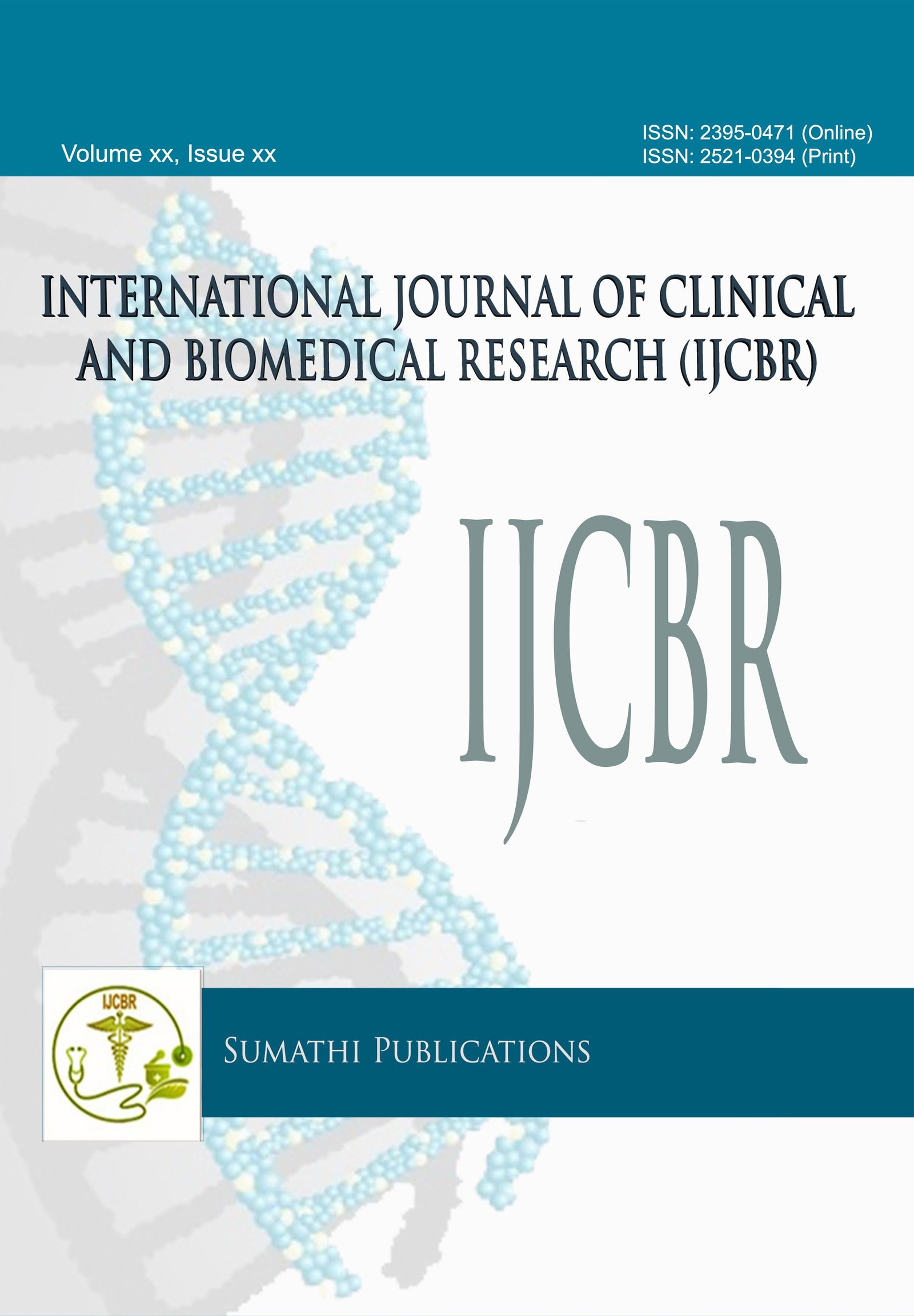Comparison of Racemic Bupivacaine and Levobupivacaine; combined with low dose Fentanyl, through Intrathecal Route for Transurethral Resection of Prostate
DOI:
https://doi.org/10.31878/ijcbr.2018.43.03Abstract
Background and Objectives: Bupivacaine is available as a racemic mixture of dextro and levobupivacaine. Many studies show that dextrobupivacaine has greater cardiovascular and central nervous system toxicity than levobupivacaine. The objectives of the present study were to compare the effects of racemic Bupivacaine + Fentanyl and Levobupivacaine + Fentanyl on the complete regression of motor block, onset time to reach T10 level sensory block, duration of T10 level sensory block, onset time of motor block, duration of sensory block.
Materials and Method: The study was conducted in 100 patients undergoing transurethral resection of prostate operation, who received either 1.75 ml Bupivacaine (0.5%) + 25µg Fentanyl (Gr A) or 1.75 ml Levobupivacaine (0.5%) + 25µg Fentanyl (Gr B) intrathecally.
Results: Time to complete regression of motor block, onset time toT10 level sensory block were significantly prolonged in Gr A compared to Gr B. The onset time of motor block was significantly shorter in Gr A compared to Gr B. There was no statistically significant difference between the two groups in respect to the duration of T10 level sensory block, duration of sensory block.
Conclusion: Intrathecal Levobupivacaine + Fentanyl used in the present study can be considered as a suitable alternative to Bupivacaine + Fentanyl for spinal anaesthesia in elective TURP surgery.
Downloads
Downloads
Published
Issue
Section
License
The journal allows the author(s) to hold the copyright without restrictions and will retain publishing rights without restrictions.
The submitted papers are assumed to contain no proprietary material unprotected by patent or patent application; responsibility for technical content and for protection of proprietary material rests solely with the author(s) and their organizations and is not the responsibility of the journal. The main (first/corresponding) author is responsible for ensuring that the article has been seen and approved by all the other authors. It is the responsibility of the author to obtain all necessary copyright release permissions for the use of any copyrighted materials in the manuscript prior to the submission.
What are my rights as an author?
It is important to check the policy for the journal to which you are submitting or publishing to establish your rights as
Author. Journal's standard policies allow the following re-use rights:
- The journal allows the author(s) to hold the copyright without restrictions.
- The journal allows the author(s) to obtain publishing rights without restrictions.
- You may do whatever you wish with the version of the article you submitted to the journal.
- Once the article has been accepted for publication, you may post the accepted version of the article on your own personal website, your department's website or the repository of your institution without any restrictions.
- You may not post the accepted version of the article in any repository other than those listed above (i.e. you may not deposit in the repository of another institution or a subject-matter repository) until 12 months after publication of the article in the journal.
- You may use the published article for your own teaching needs or to supply on an individual basis to research colleagues, provided that such supply is not for commercial purposes.









